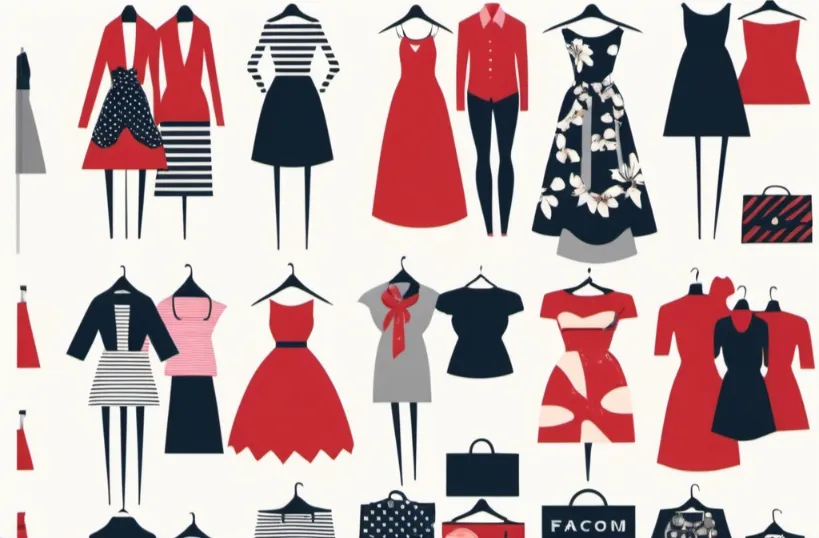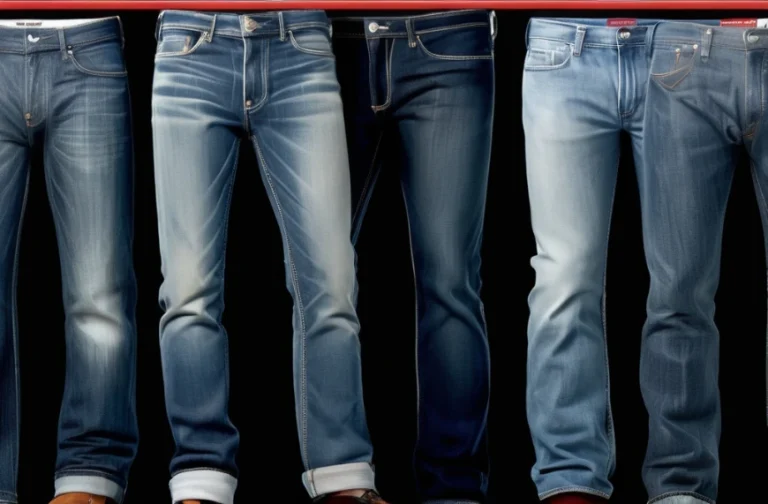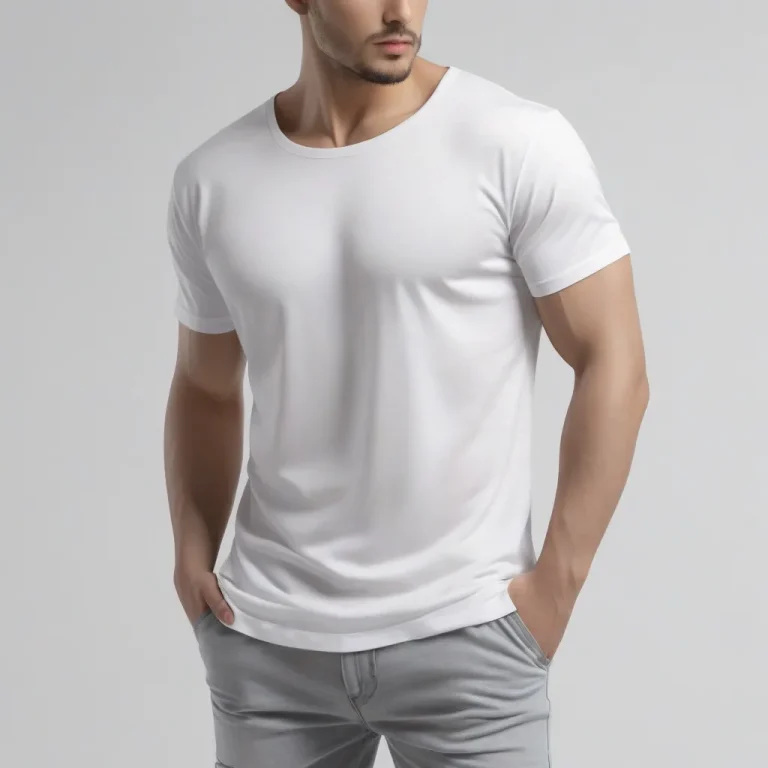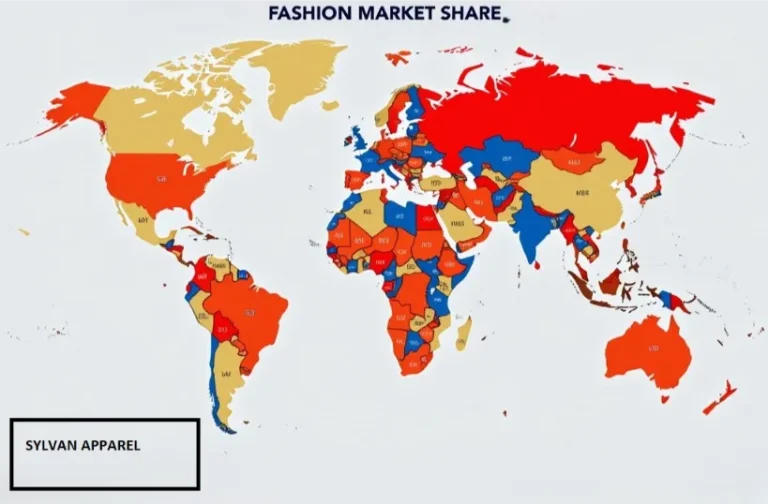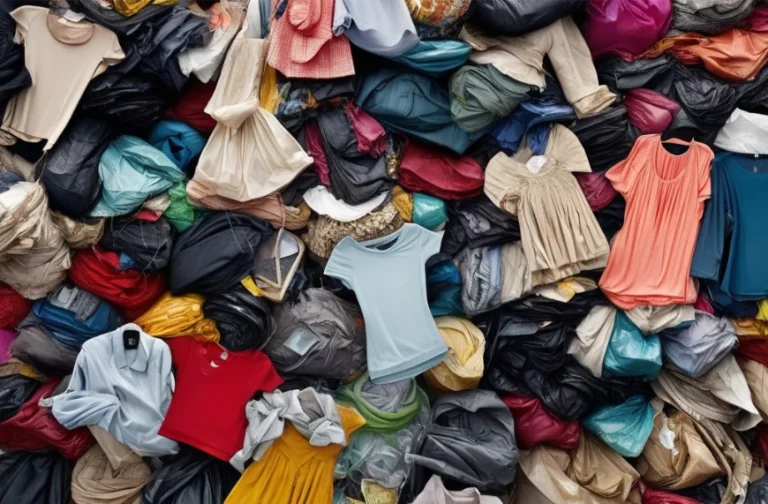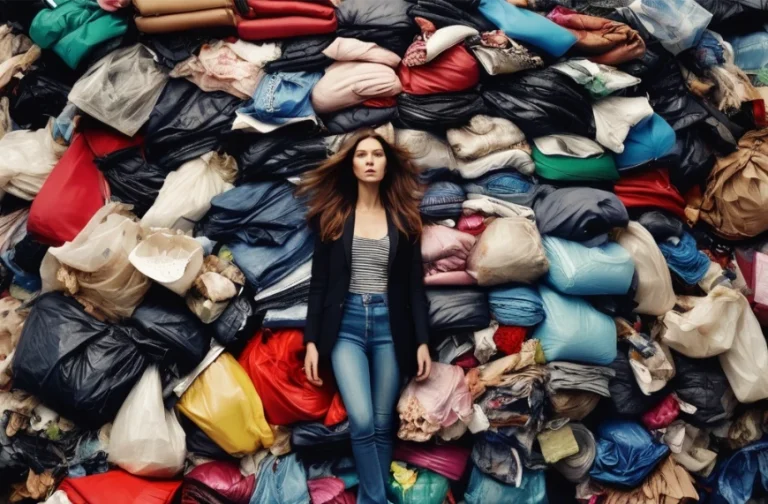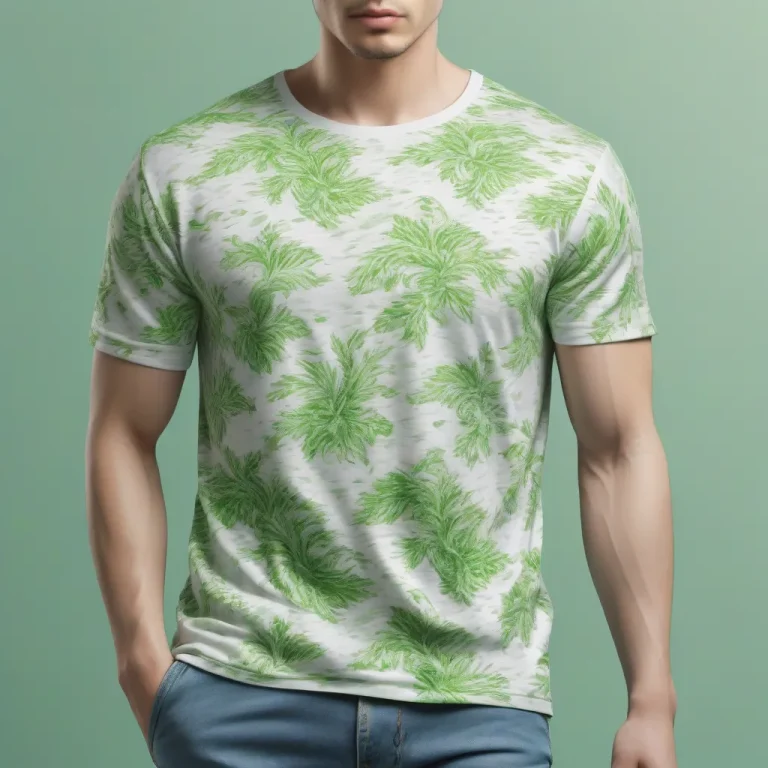Global Fashion Market Size is 2.5 trillion dollars
The world of fashion encompasses a multi trillion dollar industry with a wide range of products. From producing regular apparel to luxury clothing items, fashion brands play a crucial role in shaping the culture, trends, economy, and social changes across the world.
Both creativity and the economy is highly dependent on the fashion industry. In response to the consumer’s preference the fashion industry is shifting towards technological advancement and sustainability.
The fashion market represents a substantial portion of the global economic activities. The growth of the fashion industry is strong, despite different challenges and global crises. So the real question is-
What is the Global Fashion Market Size?
The global fashion market size is valued at approximately 2.5 trillion dollars in 2024. This industry will grow 6.1% to 7% consistently. With that growth rate, the industry can reach up to 3.3 trillion dollars by 2030.
There are several factors that contribute to the growth of the fashion industry. These factors include increased consumer spending, the rise of online business and emergence of new markets.
What are the Key Market Drivers for the Fashion Industry?
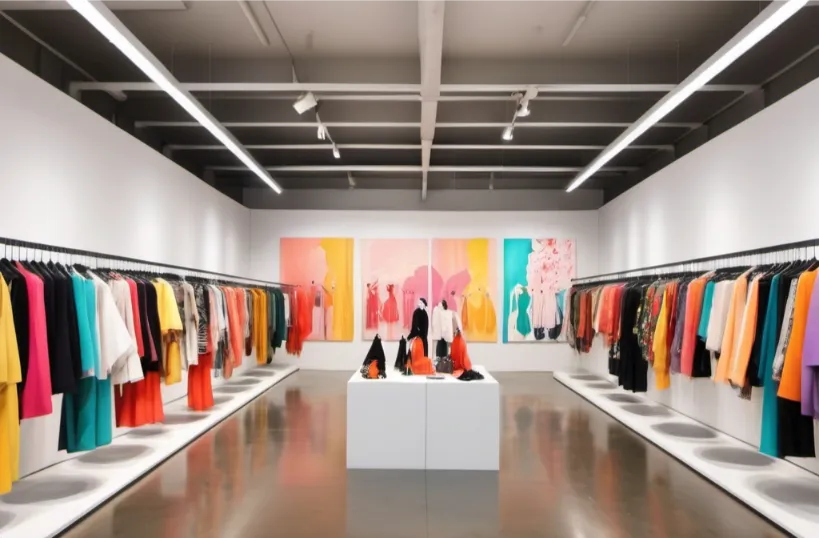
Clothing
The clothing industry was valued at 1.79 trillion dollars in 2024. This is the largest segment in the fashion industry. This apparel industry includes everyday clothing, work wear and active wear. This category includes women’s wear, menswear, and children’s clothing.
The growth of athletic wear and work from home attire also boosted the demand of apparel in recent years. The apparel industry is heavily shaped by the fast fashion business model. This industry has had a significant growth rate since 1970’s.
Footwear
The footwear industry is another market segment of the fashion industry. This industry demands trend comfort and style.
The footwear industry has gained popularity because of the sneaker culture. This is a high-end cultural segment that contributes to the rise of the footwear industry.
This created footwear brands, including nike, adidas, puma that are continuing to perform well in the industry. Luxury shoe brands also contribute a significant portion of the industry.
Accessories
Luxury and regular accessories include handbags, jewelries, belts and watches. These are also significant players in the fashion industry. These accessories are necessary for overall growth of the fashion industry.
These allow the consumers to express individual styles. This accessory does not need a wardrobe overhaul.
So these accessories are ready to purchase for the consumers. Most of the accessories purchased by women and the global demand for accessories is also showing a major growth.
Luxury Items

Another industry is the high fashion goods industry. The luxury items output from this sector in terms of profitability is high.
Because people pay a significant amount of money for luxury items. The global demand for high-end fashion products is increasing.
These items include designer clothing and premium handbags and footwear along with premium accessories.
Branded products are counted as status symbols. Newly rich, middle class and in the emerging market is the largest purchaser of luxury goods.
Which Region Buys the Most Fashion Items?
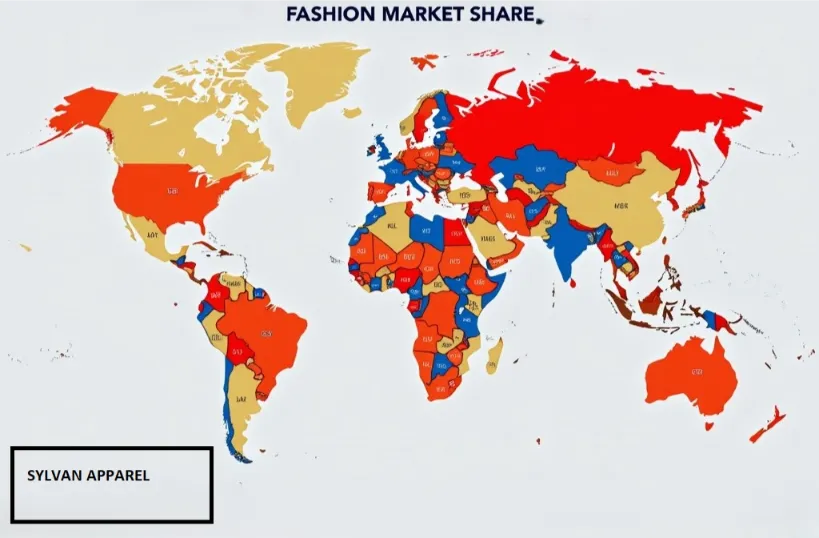
North America
Naturally North America is the largest market for fashion items globally. Especially Canada, the U.S. parts of Mexico are considered heaven for consumer spending. They purchase a large amount of fashion items, including fast fashion and slow fashion.
With high-end spending and rise in e-commerce in North America has significantly impacted the fashion industry. Even the industry saw a growth during the covid-19 pandemic.
Europe
Europe is a known fashion destination. This major market consists of places like Paris, Millan and London that are known for their legacy of smart fashion trends.
This European fashion trend is known for blending heritage and contemporary designs.
The European market is also demanding for sustainability and they are also increasing the spending on sustainable product purchasing.
Asia
Regions like Asia are made up with the original manufacturer like China, Bangladesh, Japan and India.
These countries are seeing an explosive growth of the middle class. Along with that the demand for mass market and luxury products are increasing.
Added to that the overall population of these countries are huge which also results in a high growth of e-commerce and direct sales of the fashion items in this region.
Latin America
Latin America is also a significant player but it’s not as mature as the European or North American market.
It’s growing steadily as a result of increased globalization and growth of the middle class.
Latin America is seeing change in its fashion industry. Countries like Brazil, Argentina and Uruguay are the key players in this region.
Middle East and Africa
The middle east is also seeing a high rise of the fashion industry. The demand for luxury goods and regular use fashion items are also seen to increase.
Some countries like the United Arab Emirates, Saudi Arabia, Kuwait and Qatar are seeing a high rise of the upper middle class.
The growth of luxury items and high-end fashion items is playing a good role.
Also, some of the international and national brands are sharing the market demands. Recently some cities like dubai, doha and jeddah are known as the global haven for trade including fashion items.
Consumer Behavior and Trend Analysis
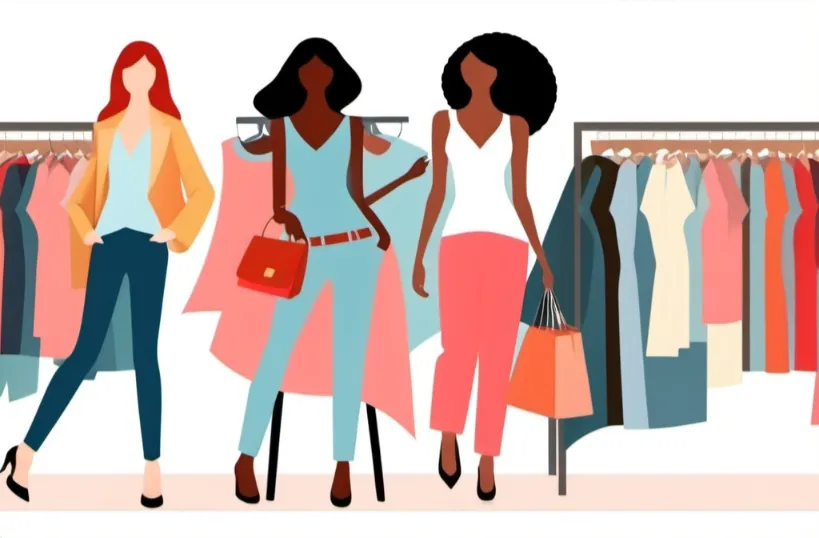
Consumers are looking for sustainable products in the fashion industry. They are looking for more environmentally friendly clothes, and that is made in a sweatshop free environment.
Ethical practice with the workers plays a significant role in the marketing process. Brands are more concerned about implementing eco-friendly production processes.
They are also focusing on recycling the raw materials and used products.
This trend is driving the primary purchase behavior. With this sustainability practice, the fashion industry is expected to grow at 7 billion dollars a year.
Technological Advancement
Technology is revolutionizing the fashion industry. That is why digital transformation and the rise of automation is playing a significant role in the fashion industry. The online shoppers are increasing.
Also they are looking for more easy to access services. The companies are using artificial intelligence (AI) powered personalization in shopping assistance. They are even offering virtual fashion shows with VR and AR.
This changes the fashion landscape. The consumers are seeing a rise in physical blends with the digital experience. These platforms are gaining significant traction.
Inclusive Designs
Fashion is becoming more inclusive with the brands offering a wide range of products.
Brands come with plus sized products and products for even the diverse culture.
It is also reflected within the fashion items. More and more consumers are leaning toward the slow fashion because they emphasize quality, durability and sustainability over fast fashion.
So consumers are increasingly going to the brands that promote high functional, ethical practice and waste reduction.
What are the Challenges and Opportunities of the Fashion Industry?
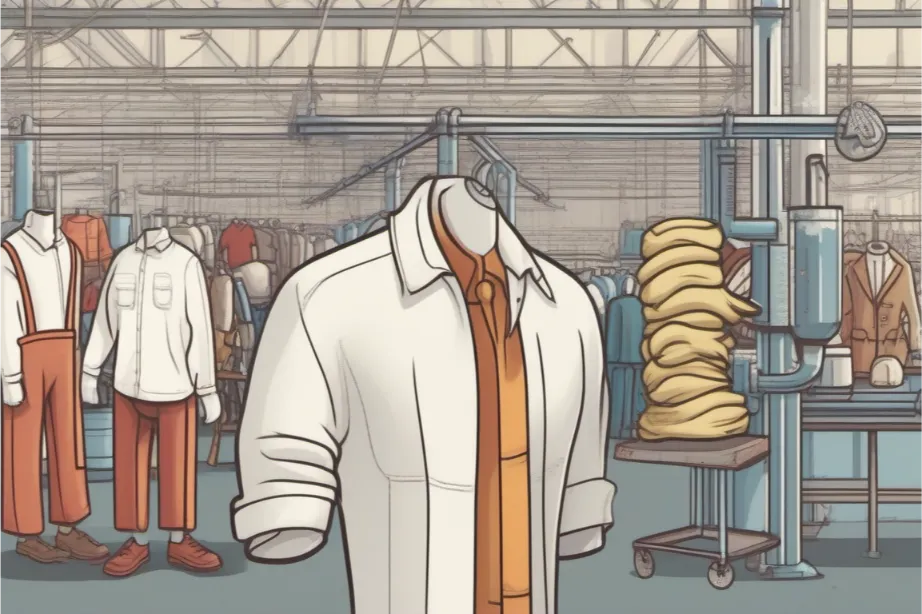
The fashion industry is significantly disrupted by the global supply chain. Especially after those wars started on different fronts of the world.
In the middle east of the Ukraine and Russia, the supply chain of the fashion industry is facing significant disruptions.
There are some raw materials that are facing disruption since pandemics that delay the fashion growth.
Some segments of the fashion industry are seeing higher cost and slower production rate because of this disruption in the supply chain.
Some of the brands are looking for steam lining the total supply chain process and adapting a local production model.
Economic Fluctuations
We are seeing a significant fluctuation in the economy and the inflation of various regions fluctuating uncontrollably.
Some of the consumer spending behavior is also shifting because of that.
The demand for luxury high-end brands remains the same yet the mass market sector faces increased pressure.
Counterfeit
Boom of the ecommerce industry has increased the counterfeit fashion items, including the luxury goods market.
The industry is focusing on digital authentication and blockchain technology to counter the counterfeit goods.
This also ensures the authenticity and intellectual property rights of the products.
Some Last Words About the Fashion Market Size
The global fashion market is seeing significant growth. This growth is driven by the evolving customer preference.
The increase of technological advantage is also shifting. The consumers are more preferring a sustainable and ethical approach to the supply chain.
That is why the economics of the fashion industry is shifting. They are facing challenges including supply chain disruption and economic uncertainty.
These challenges will be faced with increased digitization, use of artificial intelligence and responsible manufacturing processes.
The fashion industry is embracing innovation and sustainability to best position themselves in the long term.

